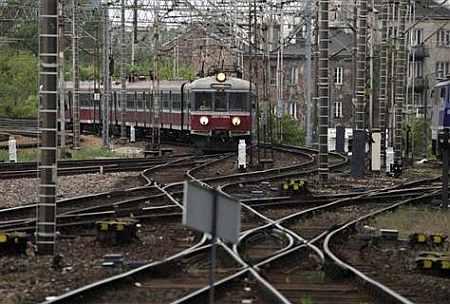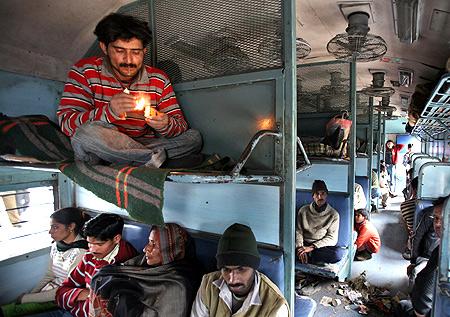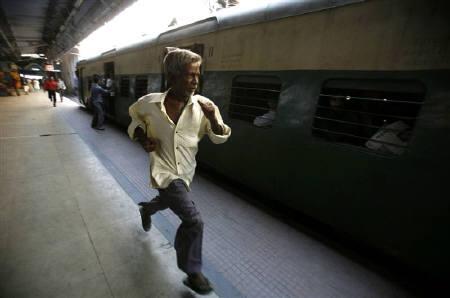
The decision by the railway ministry to set up a Rail Tariff Authority to take care of periodic changes in passenger fares and freight rates needs to be welcomed in unequivocal terms.
As C P Joshi, minister for road transport, is holding additional charge of the railway ministry and so may not have the perspective to initiate fresh policy moves in key areas, the thought process behind the move may have originated from the prime minister himself.
The Cabinet's ability to take a positive decision in the matter has been enhanced by the end of the overbearing presence of Mamata Banerjee, West Bengal chief minister, who considered the Railways to be part of her fiefdom and was opposed to any passenger fare hike.
. . .

To put it plainly, an inability to raise fares and freight rates to take care of rising costs will mean the kiss of death for the national carrier.
Such a calamitous situation has to be avoided at all costs.
But it will not be enough to simply set up a tariff authority.
To take fare and freight rate changes out of the political space and put them in the domain of business imperatives, the right type of tariff authority will be needed.
It must be independent and it should work transparently, and its awards must prevail. Even worse than the current situation would be a tariff authority that will only advise.
. . .

It will be one more bureaucratic layer, which will not aid but impede effective decision making.
It is not as if fare rises are currently not taking place because of the absence of adequate number crunching.
The facts are not just known, but are glaringly revealed in successive annual financial statements by the calamitous decline in the finances of the Railways.
India currently endures the worst of both worlds.
It has an army of regulators in different spheres -- excellent post-retirement slots for senior civil servants at considerable cost to the exchequer.
. . .

But ministerial supremacy reigns, and the main struggle for regulators is to make themselves heard and be taken seriously.
The only regulator that can be considered truly autonomous, and has had to earn this status through bruising fights, is the Reserve Bank of India.
India, thus, has good-quality banking regulation and monetary policy management.
The Railways needs to be professionally run with a premium on efficiency and safety.
. . .

It is a very large commercial service provider, which can and should use all the tools offered by modern management and information technology.
As it plays a critical role in the national economy, affecting the lives of many who may not be directly involved in its workings, it gives rise to many externalities.
This makes it a bit like a utility whose tariffs have to be fixed keeping the overall national interest in mind.
But that can hardly be served if it goes bankrupt and becomes unsafe for travel.